Last updated: October 3, 2023
My neighbor is shopping for a barrel horse to give his daughter. He knows we own geldings, stallions, and mares, so he asked me whether male or female horses are better.
There is no definitive answer to whether male or female horses are better. Some people prefer geldings or mares because they tend to be more even-tempered than stallions. However, some people believe that stallions have more personality and spirit than female horses.
Mares also have their fans. Some people find them more intelligent and easier to train than either geldings or stallions. Additionally, mares tend to be smaller and lighter than stallions, which can be advantageous in some disciplines, such as barrel racing.
There are many factors to consider when choosing a horse, such as breed, size, and temperament. However, one of the most critical choices is between a male and a female horse. So, which is the better option for you?
Male Horses
All horses are either male or female, but only the males are further divided into two categories: geldings and stallions. Geldings are castrated males who can no longer reproduce, while stallions are simply horses that have not been gelded or castrated.
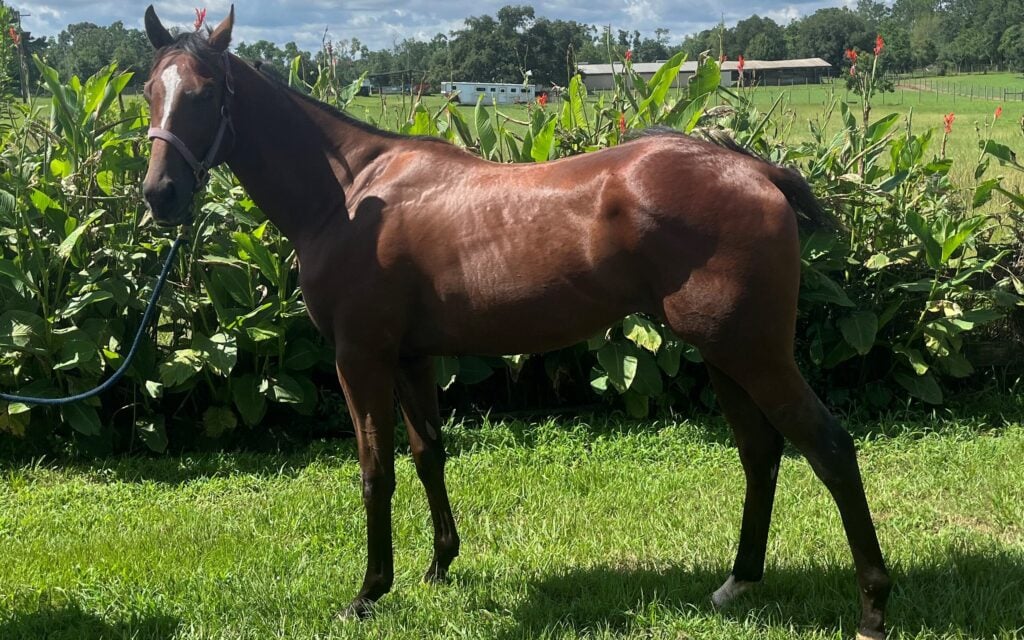
The process of castration involves the removal of the testicles, which produces a significant change in hormones and physical appearance. The vast majority of horses used for riding and other activities are geldings, as they tend to be calmer and easier to handle than stallions.
However, stallions are still sometimes used for riding and other purposes, particularly in disciplines such as racing, where you can put their natural athleticism to good use. However, some of the fastest racehorses are females.
If you own a stallion, you will likely have to keep him separate from other horses, as they can be very territorial and aggressive. However, stallions can also make great working partners and can be trained for various disciplines.
In general, most people are more likely to encounter geldings than stallions at horse shows and riding competitions. In many cases, whether or not to geld a horse is simply a matter of personal preference.
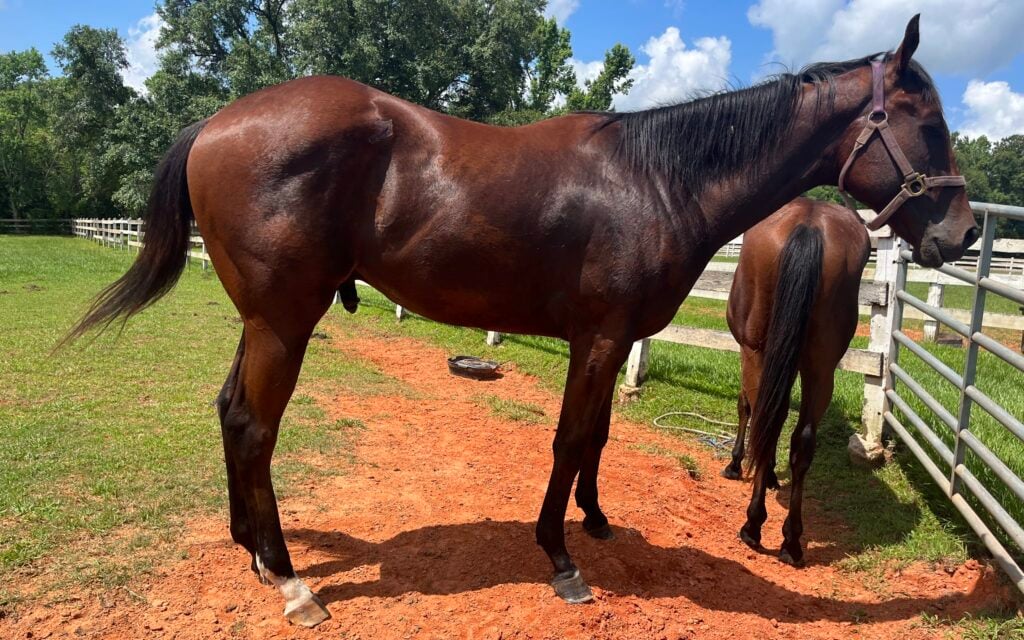
Male horse: Pros
Male horses, or stallions, have certain advantages over their female counterparts. For one, they are typically stronger and faster than mares, which is an asset in racing or other competitions.
We currently have two stallions in training, and they are more aggressive and high-spirited than most of the fillies and mares. Often, male horses develop quicker, making them better suited for sports such as dressage or showjumping.
Stallions also tend to have greater stamina than mares and are less likely to tire during long rides or races. In addition, most stallions are easier to keep healthy than mares because they are not subject to the hormonal changes that can occur during a mare’s reproductive cycle.
Overall, stallions have many characteristics that make them desirable for various equestrian activities.
Male horse: Cons
Most people are familiar with the idea of a male horse or stallion, but there are some downsides to owning one that many people may not be aware of. For starters, stallions can be very aggressive, even to their owners, which can make them challenging to handle.
For example, one of the two stallions we often own rears and paws the ground when you approach him. However, once you attach a lead rope, he calms down. We try to avoid gelding our male horses unless it’s absolutely necessary.
But more often than not, castration is required to make the horse more manageable. While this surgical procedure is relatively routine, it requires anesthesia and carries a small risk of complications.
Finally, stallions must be kept away from other horses, as they will try to mate with any mares they come into contact with. Owning a stallion can be challenging for all of these reasons, even for experienced horse owners.
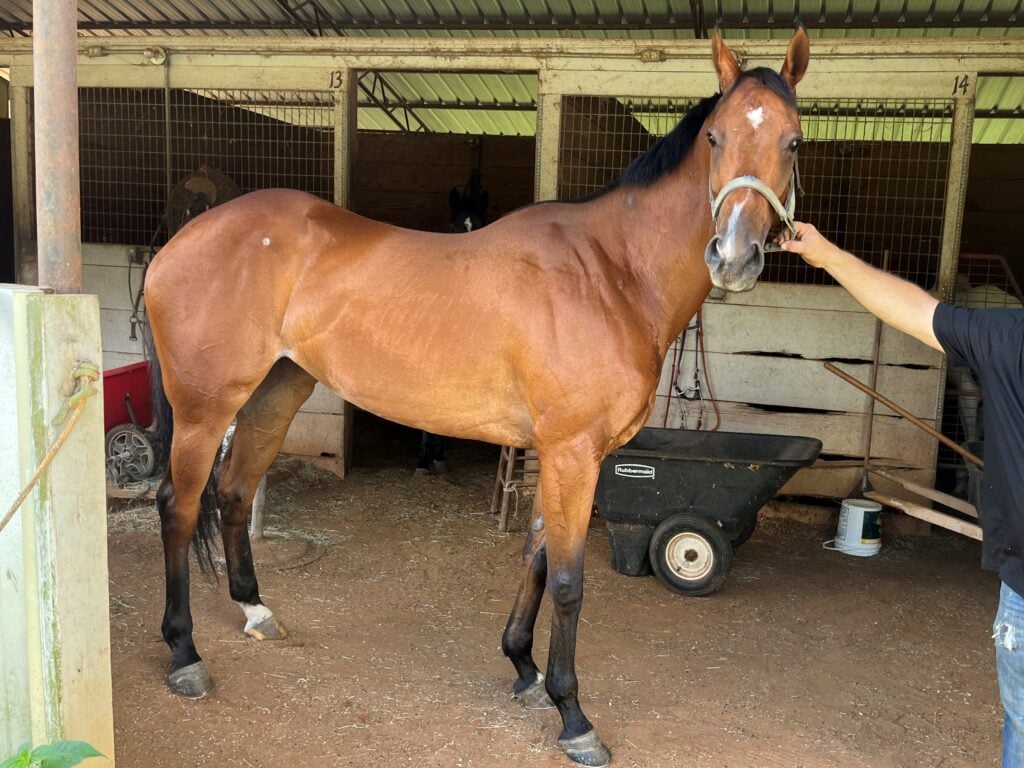
Female horses
Female horses are called mares or fillies, and they play an important role in the equine world. They are usually slightly smaller than their male counterparts but often are just as strong and powerful.
Female horses also tend to be more independent and less aggressive than stallions. As a result, mares can make excellent riding and working partners for experienced riders and trainers.
Mares are key members of any breeding operation, as they are the ones who carry and give birth to foals. They also play an important role in racing, as many of the world’s top racehorses are mares.
In addition to their strength and power, mares are also known for their beauty and grace. Note that these observations are generalities, and your mare may not fit the mold.
Mares are generally more docile than their male counterparts and have an exceptional quality that makes them stand out from other horses, but this also depends on the individual mare.
For example, two fillies that we currently own are just as combative, if not more so, than the stallions. One of them comes from a long line rooted in meanness, while the other was raised in a herd that required forcefulness for survival.
Female horses-Pros
Female horses have several advantages over their male counterparts, making them well-suited for various tasks. For one, female horses tend to be more docile and easier to train than male horses.
They are also less likely to bolt or become agitated in new situations. In addition, if you own a mare and really like her, you can breed her and have a baby horse to raise.
I’ve had a lot of luck with female horses and find them to be an excellent choice for those looking for a dependable mount or working animal.
Female horses-Cons
There are a few potential cons to owning a female horse. First, they can be more prone to moodiness than male horses. This is partly due to their hormones, and it can make them difficult to handle at times.
Additionally, female horses often require more extensive care during pregnancy and when nursing foals. This includes regular vet check-ups and often special feeds or supplements.
Finally, female horses may also be more likely to develop certain health problems, such as uterine infections, than their male counterparts. While there are some potential downsides to owning a female horse, many people find that the pros outweigh the cons.
Female horses can make excellent companions and athletes with proper care and management.
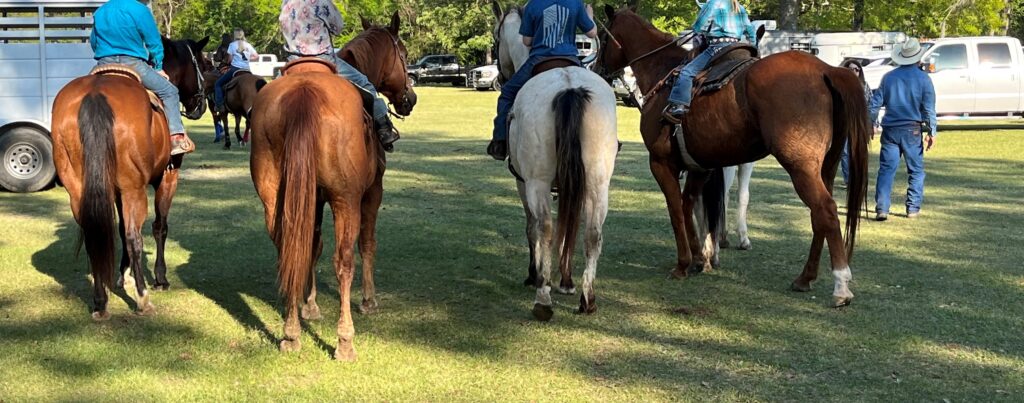
Which is better for beginner riders, a male or female horse?
When you’re starting out in horseback riding, one of the first decisions you have to make is whether to ride a male or female horse. While there are pros and cons to both, there does seem to be a clear choice for beginners.
From my experience, a gelding is often the best option. Geldings are typically more docile and easygoing than other horses, making them safer and more enjoyable for beginners who are still getting used to riding.
In addition, geldings are less likely to be distracted by mares in heat, making them more predictable and easier to control. Finally, geldings tend to be less expensive than stallions or mares, making them a more affordable option for beginner riders.
Whether you’re just starting out or looking for an easygoing horse, a gelding is often the best choice. Mares can make a good beginner’s horse, and I’ve owned quite a few that were ideal for all riders.
Additionally, female horses are often more intuitive and in tune with their riders, making them easier to train and work with. However, I would rule out stallions; they typically have a lot of nervous energy, especially around other horses, making them difficult to handle.
Remember that this is just a general guideline – every horse is different, so it’s essential to do your research before making a final decision.
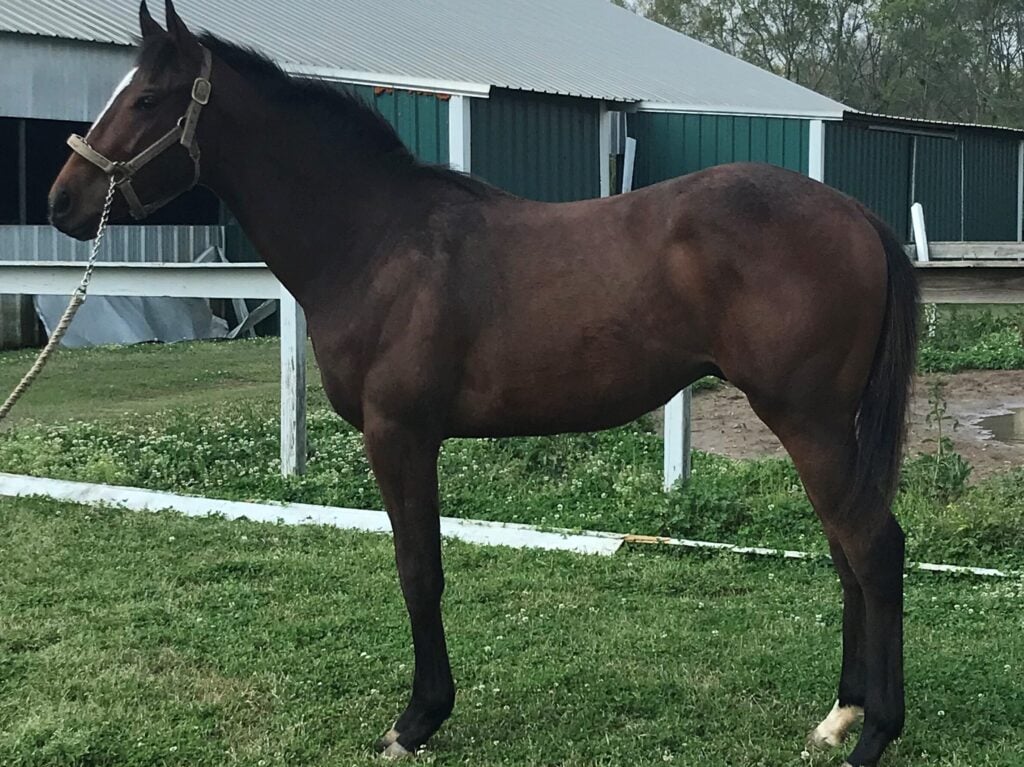
Factors that affect a horse’s personality
A horse’s personality is shaped by a variety of factors, including genetics, early experiences, and ongoing training. Light horse breeds like Thoroughbreds and Arabians are often more anxious than large draft breeds like Clydesdales or Percherons.
Further, horses raised in a natural environment, with plenty of space to roam and socialize with other horses, are often more confident and independent than those kept in stalls.
In addition, horses that receive regular handling and training throughout their lives usually have the best dispositions of all. A horse’s experiences start as young foals, and they can learn to be fearful or develop positive relationships with people early in life.
However, it’s important to remember that each horse is an individual, and even horses with similar backgrounds can have very different personalities. As such, getting to know each horse individually is essential to create the best possible relationship.
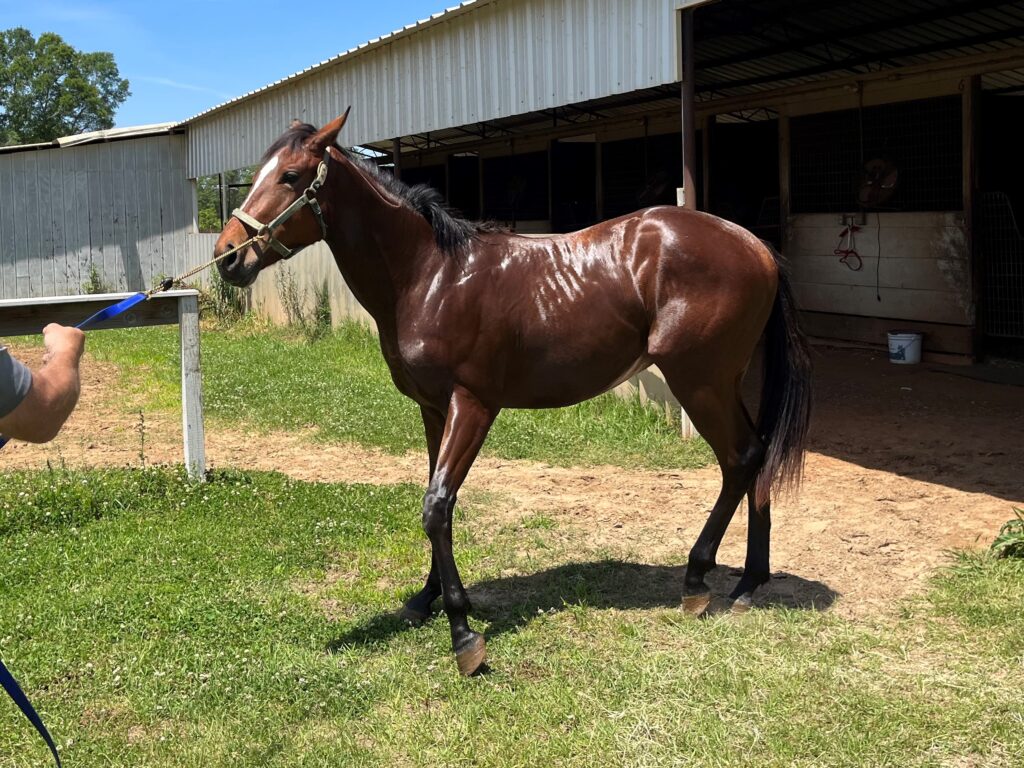
Which makes a better riding horse, a mare or a gelding?
When choosing a horse for riding, one important decision is whether to select a mare or gelding. I didn’t include stallions because they are typically not ideal for most people and should only be considered by an experienced rider.
Mares are intelligent and tend to be responsive to training and commands. However, mares can also be prone to mood swings and display unpredictable behavior, particularly during their “season.”
Geldings, on the other hand, are generally more even-tempered than mares. They are also less likely to be distracted by mating calls or territorial disputes with other horses.
However, geldings can sometimes be stubborn and unwilling to listen to their riders. Ultimately, it comes down to personal preference. Both mares and geldings can make excellent riding horses if they are properly trained and cared for.

Conclusion
So, which is better? Male or female horses? In the final analysis, it depends on your individual needs and preferences as a rider. The primary thing to consider is that horses are individuals, and you must check each out thoroughly before deciding.
However, geldings and mares are both easier to train and work with than a stallion, and one of these is likely a better option. Ultimately, the best way to choose a horse is to spend time around both genders and see which one you connect with the best.
Below is a YouTube video that describes horse personality and compares mares, geldings, and stallions.
FAQ
Are male horses calmer than female horses?
While horses of both genders can display a variety of personalities, there is some evidence to suggest that male horses (geldings) tend to be calmer than their female counterparts. Stallions are typically more aggressive than mares.
Are male or female horses more valuable?
When it comes to horses, there is no definitive answer as to whether male or female horses are more valuable. This is because the value of a horse depends on a variety of factors, including breed, age, health, and training.

About the Author: Miles Henry
Lifelong Horseman | Racehorse Owner | Published Author
Miles Henry brings over 25 years of hands-on experience training and owning Thoroughbred racehorses. Raised with Quarter Horses and Appaloosas, he’s spent a lifetime learning from horses—on the track, in the barn, and in the field. Today, he runs a small but successful racing stable in Louisiana and shares real-world insights on HorseRacingSense.com, helping horse owners, fans, and bettors navigate the sport with confidence.
📚 Books: View Miles’s books on Amazon »
🎧 Podcast Guest: Animal Tales Ep. 32 |
YouTube Interview
📩 Newsletter: Sign up for racing tips and horse care advice »
🔗 Follow Miles:
Twitter |
Facebook |
YouTube


